by Jon LeSage, editor and publisher, Green Auto Market
 Fuel economy policy: President Donald Trump is expected to announce the new administration’s stance on the fuel economy and emissions policy on Wednesday. After meeting with automaker executives in a Detroit suburb, Trump will likely announce extending the public comment period and softening the mandates for automakers. The largest automakers have been asking the Trump administration to revise the mandate to be more in line with the market – making it difficult to sell smaller, fuel efficient cars, hybrids, and plug-in vehicles. Auto executives started approaching Trump administration transition team members soon after the election and staff members and advisors after the inauguration. They were upset with the Obama administration over cutting off the comment period and finalizing the mandate.
Fuel economy policy: President Donald Trump is expected to announce the new administration’s stance on the fuel economy and emissions policy on Wednesday. After meeting with automaker executives in a Detroit suburb, Trump will likely announce extending the public comment period and softening the mandates for automakers. The largest automakers have been asking the Trump administration to revise the mandate to be more in line with the market – making it difficult to sell smaller, fuel efficient cars, hybrids, and plug-in vehicles. Auto executives started approaching Trump administration transition team members soon after the election and staff members and advisors after the inauguration. They were upset with the Obama administration over cutting off the comment period and finalizing the mandate.- VW guilty plea: Volkswagen pleaded guilty on Friday to fraud, obstruction of justice, and falsifying statements in the diesel car emissions scandal. It was part of a $4.3 billion settlement that had been reached with the U.S. Justice Department in January and was the first time the automaker has pleaded guilty to criminal charge in any court around the world. Legal battles also started heating up in Europe about the same time. Criminal investigations are intensifying across Europe, and thousands of consumer lawsuits have been filed. The lawsuits could add up, as there are a lot more owners in Europe of VW brand diesel cars.
- BMW sales double: BMW Group announced that global sales of its plug-in vehicles more than doubled in the first two months of 2017, over that period the year before, to more than 10,000 units sold. Vehicles currently for sale include the BMW i3 in battery electric and extended range plug-in hybrid versions; and the i8, X5, 3-Series, and 7-Series plug-in hybrids. Coming up next will be the BMW 530 iPerformance plug-in hybrid and the Mini Cooper SE Countryman All4 The company expects plug-in vehicles sales to increase through the launch of the plug-in hybrid BMW 530e iPerformance this month, and the Mini Cooper S E Countryman All4 plug-in hybrid in June.
- Renewable diesel: Oil refining company Neste has become the world’s largest supplier of renewable diesel. Recent additions to the client list include UPS for delivery vans and Google for its buses that transport employees to and from work. Fleets are taking to it for reasons found in support for renewable diesel – cutting carbon emissions, particulates, and NOx significantly without having to convert over diesel vehicles. Nearly 80% of the company’s renewable products are based on waste and residues.
- Detroit Electric: Detroit Electric has a $1.8 billion investment through a joint venture with a Chinese company that will roll out the long delayed SP:01 and other vehicles. The startup electric sport carmaker launched in 2008 and took the name of one of the very first electric carmakers that hadn’t been building cars for over a century. Detroit Electric has created a joint venture with Far East Smarter Energy Group, a Chinese company that makes batteries and electrical components. The two companies will get production started by the end of this year for the SP:01, and are planning for two more electric car models in the near future.
- Tesla energy storage: Tesla Energy is working on getting business overseas – Australia and Kauai. Tesla CEO Elon Musk has made an offer to Australia by tweeting with Australian tech billionaire Mike Cannon-Brookes. Musk pitched him on bringing Powerwall and Powerpack products to the South Australia state to have the necessary energy backup in case of another emergency. South Australia was hit by a state-wide blackout during September and are interested in Musk’s $25 million, 100 megawatt hour offer. In another deal, Tesla Energy has set up a a 13 megawatt solar farm that generates energy stored in a 52 MWh Tesla Powerpack storage set. It fits well into Hawaii’s mission to free the islands from fossil fuels for energy and transportation. Watch the video.
- In-wheel drive: Protean Electric is partnering with Consolidated Metco to develop an electric in-wheel drive system to provide hybrid-electric solutions for the medium and heavy-duty commercial vehicle markets. The companies say that the drive system will enable ConMet’s OEM and fleet customers to address the tightening of safety and emissions regulations, increasing demands for improved fuel efficiency, weight and drivetrain packaging optimization, and shifts in vehicle demands for long-haul and urban delivery.
- Ford wins award for sustainability practices: Ford was named one of the World’s Most Ethical Companies for the eighth straight year by Ethisphere Institute, which the automaker says is the longest streak for any auto manufacturer. The award honors companies “who recognize their role in society to influence and drive positive change in the business community and societies around the world.” Ford’s Partnership for a Cleaner Environment (PACE) program with its supply chain partners helped the company make the list. The program, which started in 2014, added tools that help suppliers reduce carbon-dioxide emissions and waste. Members of PACE share best practices in reducing carbon and adopting procedures for reducing water and energy consumption.
- Site tours: ACT Expo 2017 has announced three technical tours for those attending the conference in Long Beach, Calif., in early May. Monday, May 1, 1 p.m. – 4 p.m.: Join American Honda at its North American Headquarters in Torrance for a reveal of its three Clarity models. The reveal will include an overview of national marketing efforts to deploy the Clarity as well as an opportunity to get in the new vehicles and test them out. Monday, May 1, 1 p.m. – 4 p.m.: City of Long Beach has one of the most diverse and innovative municipal fleets in the nation, offering an array of fuel and vehicle types with renewable diesel, renewable natural gas, and plug-in hybrid vehicles. Attendees will see an assortment of city vehicles, as well as its renewable fueling infrastructure, extensive maintenance shop, and fleet charging infrastructure. Thursday, May 4, 1 p.m. – 3 p.m.: Long Beach Container Terminal is the world’s first zero-emission marine container terminal. It uses fully automated battery electric cargo handling equipment to move containers through its terminal. While there is a lot of talk of heavy-duty vehicle automation, LBCT has more than 60 battery electric units running in every day service. Visit this incredible project, and also see how these units autonomously change their own battery packs! Enhance your ACT Expo experience by adding an offsite tour for just $50. You can also view a video about the upcoming event.
- Low carbon pathways: The California Air Resources Board’s Low Carbon Fuel Standard (LCFS) staff has released for public comment four new Tier 2 renewable diesel (RD) pathways using soy oil, used cooking oil, tallow, and corn oil at the Diamond Green facility in St. Charles, Louisiana. Diamond Green Diesel (DGD) uses the UOP Ecofining Process to produce RD from Used Cooking Oil (UCO), tallow, corn oil, and soybean oil. The Ecofining Process hydrogenates triglycerides and free fatty acid feedstocks which are then isomerized to create a high-quality hydrocarbon fuel.




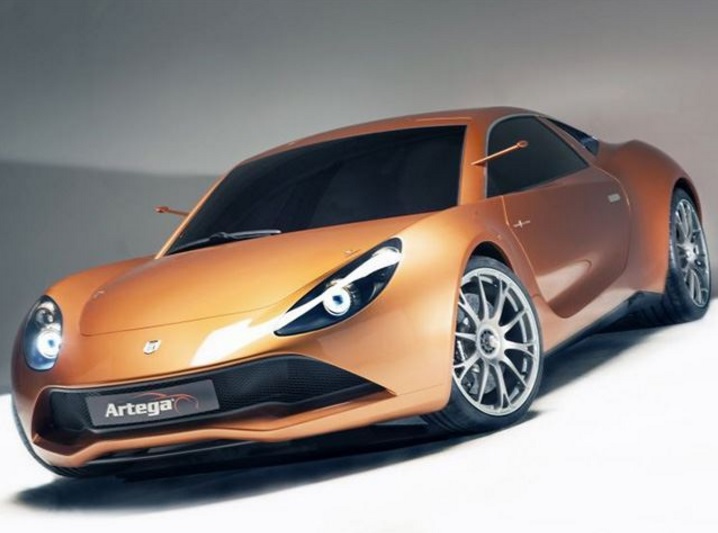 concepts
concepts  months after being started up for development. That prototype test model was powered by two electric motors producing a combined 456 brake horsepower and 679 lb.-ft., with 0 to 62 mph in 3.9 seconds. The new hypercar could be a rival to similar vehicles in the works, such as the Mercedes Project One and Aston Martin Valkyrie. (The featured image is another Audi concept released a few years ago.) The German VW subsidiary has committed to having three electric production cars on sale by the end of the decade. The Audi Q6 e-tron sport utility vehicle should be the first to come out, and ready for launch later this year. Stadler also expressed interest in the company’s role in the Formula E series and the idea of electromobility.
months after being started up for development. That prototype test model was powered by two electric motors producing a combined 456 brake horsepower and 679 lb.-ft., with 0 to 62 mph in 3.9 seconds. The new hypercar could be a rival to similar vehicles in the works, such as the Mercedes Project One and Aston Martin Valkyrie. (The featured image is another Audi concept released a few years ago.) The German VW subsidiary has committed to having three electric production cars on sale by the end of the decade. The Audi Q6 e-tron sport utility vehicle should be the first to come out, and ready for launch later this year. Stadler also expressed interest in the company’s role in the Formula E series and the idea of electromobility.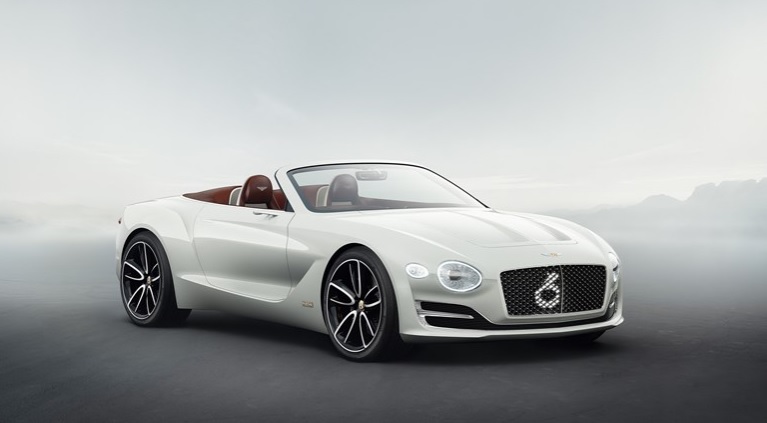 access to wireless charging as one of its offerings. If rapid wireless charging isn’t available for a few years, the electric car can be charged through an auxiliary charging point that will be out sight behind the rear license plate. The compmany reiterated its plan to introduce plug-in hybrid electric vehicle models across the Bentley model range, which will start with the Bentayga in 2018. As for the EXP 12 Speed 6e, “Bentley is committed to offering an electric model in its future portfolio and we are interested to receive feedback on this concept,” said Wolfgang Dürheimer, chairman and chief executive.
access to wireless charging as one of its offerings. If rapid wireless charging isn’t available for a few years, the electric car can be charged through an auxiliary charging point that will be out sight behind the rear license plate. The compmany reiterated its plan to introduce plug-in hybrid electric vehicle models across the Bentley model range, which will start with the Bentayga in 2018. As for the EXP 12 Speed 6e, “Bentley is committed to offering an electric model in its future portfolio and we are interested to receive feedback on this concept,” said Wolfgang Dürheimer, chairman and chief executive. (New Electric Urban Vehicle) will be part of it and was announced in Geneva. The all-electric concept vehicle will offer owners both personal trips and a revenue model for automated ridesharing when the owner doesn’t need to use the vehicle. Rolling out hybrid technology across of its vehicle line will be the first part of the Electric Vision; and the automaker said it will also make available a line of plug-in hybrid, battery electric, and hydrogen fuel cell vehicles in the European market. “We will leverage Honda’s global R&D resources to accelerate the introduction of a full portfolio of advanced, electrified powertrains for the European customer,” Inoue said.
(New Electric Urban Vehicle) will be part of it and was announced in Geneva. The all-electric concept vehicle will offer owners both personal trips and a revenue model for automated ridesharing when the owner doesn’t need to use the vehicle. Rolling out hybrid technology across of its vehicle line will be the first part of the Electric Vision; and the automaker said it will also make available a line of plug-in hybrid, battery electric, and hydrogen fuel cell vehicles in the European market. “We will leverage Honda’s global R&D resources to accelerate the introduction of a full portfolio of advanced, electrified powertrains for the European customer,” Inoue said. 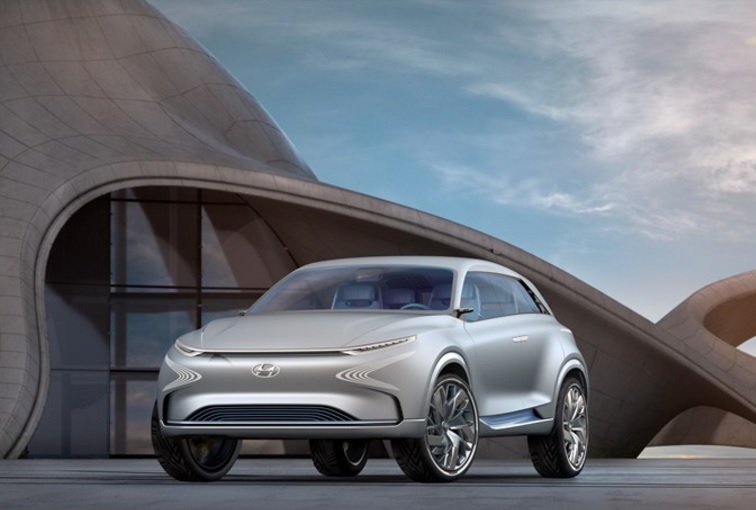 The company says it will go 800 kilometers (497 miles) on a tank of hydrogen. Hyundai said it will be 20% lighter and have 10% greater efficiency than the Tucson Fuel Cell (called the ix35 in Europe). Energy density will be improving quite a bit, by 30%, which the company said will be integral in boosting the range from 265 miles in the Tucson Fuel Cell to 497 miles in the FE Fuel Cell Concept (at least for now; EPA fuel economy ratings will probably bring down that total for the concept fuel cell vehicle).
The company says it will go 800 kilometers (497 miles) on a tank of hydrogen. Hyundai said it will be 20% lighter and have 10% greater efficiency than the Tucson Fuel Cell (called the ix35 in Europe). Energy density will be improving quite a bit, by 30%, which the company said will be integral in boosting the range from 265 miles in the Tucson Fuel Cell to 497 miles in the FE Fuel Cell Concept (at least for now; EPA fuel economy ratings will probably bring down that total for the concept fuel cell vehicle).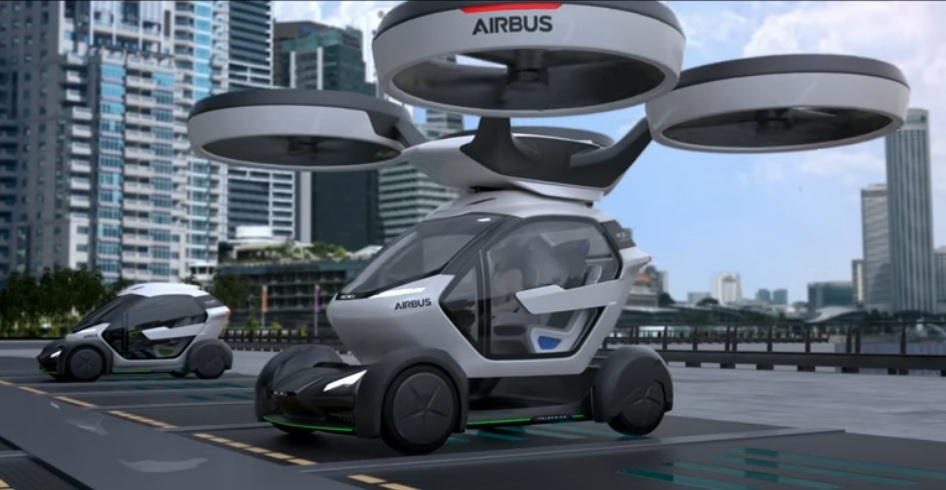 driving and able to release its passenger to a flying drone. A drone will hover over the car, attach itself, and then carry the passenger pod to its destination. Italdesign’s Capsula concept goes back all the way to the 1982 Turn auto show. The new concept vehicle from Italdesign and Airbus would offer the latest in ground mobility tapped into flying vehicle technology being tested – ideal for crowded city streets.
driving and able to release its passenger to a flying drone. A drone will hover over the car, attach itself, and then carry the passenger pod to its destination. Italdesign’s Capsula concept goes back all the way to the 1982 Turn auto show. The new concept vehicle from Italdesign and Airbus would offer the latest in ground mobility tapped into flying vehicle technology being tested – ideal for crowded city streets.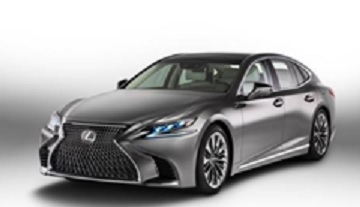 version of Lexus’s flagship sedan. The Toyota division hasn’t released the price, but it could compete directly with the Tesla Model S at a base level and go near $90,000 at the high end. It has a V6 gasoline engine paired with two electric motors, a lithium-ion battery, and 354 horsepower on a multi-stage hybrid transmission. It will come out as a 2018 model year vehicle.
version of Lexus’s flagship sedan. The Toyota division hasn’t released the price, but it could compete directly with the Tesla Model S at a base level and go near $90,000 at the high end. It has a V6 gasoline engine paired with two electric motors, a lithium-ion battery, and 354 horsepower on a multi-stage hybrid transmission. It will come out as a 2018 model year vehicle.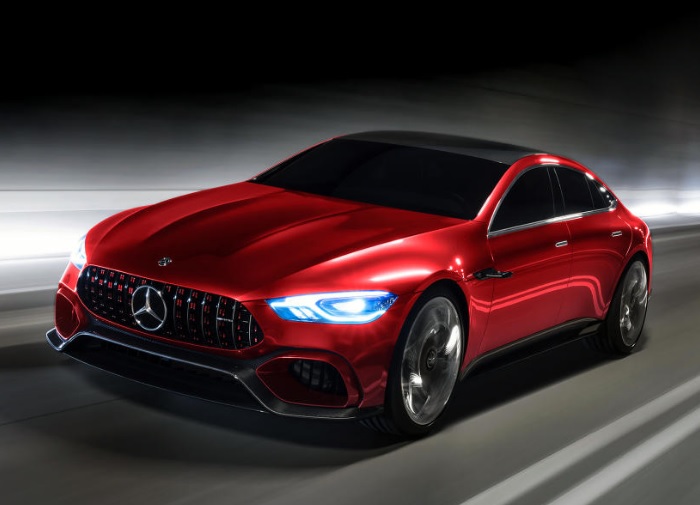 indicates that the German sports car brand is looking at adding the new model to electrification of its future models under the new electric brand. All performance hybrids from AMG will carry this EQ Power+ designation. This concept taps into a combination of a gas-powered 4.0-liter twin-turbo V8, a high-performance electric motor, and a powerful yet lightweight battery to get a total system output of 805 horsepower. The concept vehicle is being tied into Mercedes-AMG’s 50th anniversary.
indicates that the German sports car brand is looking at adding the new model to electrification of its future models under the new electric brand. All performance hybrids from AMG will carry this EQ Power+ designation. This concept taps into a combination of a gas-powered 4.0-liter twin-turbo V8, a high-performance electric motor, and a powerful yet lightweight battery to get a total system output of 805 horsepower. The concept vehicle is being tied into Mercedes-AMG’s 50th anniversary. promoting it as the flagship in the Panamera brand for its impressive power delivery. It can deliver 500 kW/680 horsepower of system power and 850 Nm of torque. It goes from zero to 100 km/m (62.13 mph) in 3.4 seconds, and can hit a top speed of 310 km/h (192.62 mph). The power comes from a 100 kW electric motor combined with a four-liter V8 engine that can bring the hybrid system 550 in horsepower.
promoting it as the flagship in the Panamera brand for its impressive power delivery. It can deliver 500 kW/680 horsepower of system power and 850 Nm of torque. It goes from zero to 100 km/m (62.13 mph) in 3.4 seconds, and can hit a top speed of 310 km/h (192.62 mph). The power comes from a 100 kW electric motor combined with a four-liter V8 engine that can bring the hybrid system 550 in horsepower.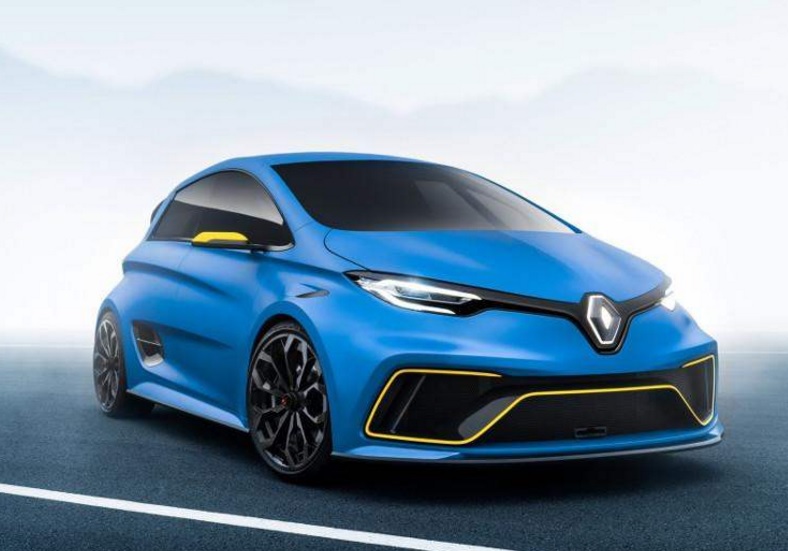 automaker’s commitment to electric vehicles with winning two titles in FIA Formula E races. The e-Sport Concept will be built on the Zoe all-electric car’s platform and will have some of the same aerodynamic design and styling of the Renault e.dams team’s Formula E single-seaters. It will also utilize lightweight carbon fiber, as does Renault e.dams’ racer. The Renault e-Sport is powered by two motors that deliver a total of 340 kW of power. It will come with two batteries for energy storage with a total capacity of 40 kWh.
automaker’s commitment to electric vehicles with winning two titles in FIA Formula E races. The e-Sport Concept will be built on the Zoe all-electric car’s platform and will have some of the same aerodynamic design and styling of the Renault e.dams team’s Formula E single-seaters. It will also utilize lightweight carbon fiber, as does Renault e.dams’ racer. The Renault e-Sport is powered by two motors that deliver a total of 340 kW of power. It will come with two batteries for energy storage with a total capacity of 40 kWh.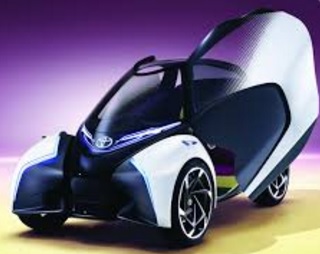 globally at the Geneva Motor Show
globally at the Geneva Motor Show Battle over biofuels: Conflict and confusion
Battle over biofuels: Conflict and confusion  Last week’s announcement of the $155 million that oil giant BP will be placing in Clean Energy Fuel Corp.’s Redeem renewable natural gas (RNG) shows a microcosm of much larger trends:
Last week’s announcement of the $155 million that oil giant BP will be placing in Clean Energy Fuel Corp.’s Redeem renewable natural gas (RNG) shows a microcosm of much larger trends: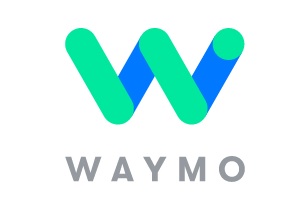 Waymo sues Uber: Waymo has filed a federal lawsuit claiming Uber and its self-driving truck company stole Waymo’s self-driving car technology.
Waymo sues Uber: Waymo has filed a federal lawsuit claiming Uber and its self-driving truck company stole Waymo’s self-driving car technology.  For those interested in staying current on phase two of federal fuel economy and greenhouse gas standards for trucks, and the latest in government incentive programs for clean vehicles and fueling infrastructures, two conferences are coming up that will address these and other significant issues.
For those interested in staying current on phase two of federal fuel economy and greenhouse gas standards for trucks, and the latest in government incentive programs for clean vehicles and fueling infrastructures, two conferences are coming up that will address these and other significant issues.  GM bringing out 1,000s of automated Bolts:
GM bringing out 1,000s of automated Bolts:  India offers a look at steep challenges and vast opportunities for clean transportation and energy from the fastest-growing country in the world.
India offers a look at steep challenges and vast opportunities for clean transportation and energy from the fastest-growing country in the world. Volkswagen’s settlement of the its “dirty diesel” scandal took a step forward last week with formation of the Electrify America LLC subsidiary. The new business unit, led by longtime executive Mark McNabb, will carry out $2 billion in investments in zero emission vehicles, infrastructure, and public outreach over the next decade. As part of the settlement, VW has been directed to make its outreach and education programs “brand neutral,” and not become VW electric vehicle marketing campaigns; and, its charging stations are to be accessible to all plug-in electrified vehicles.
Volkswagen’s settlement of the its “dirty diesel” scandal took a step forward last week with formation of the Electrify America LLC subsidiary. The new business unit, led by longtime executive Mark McNabb, will carry out $2 billion in investments in zero emission vehicles, infrastructure, and public outreach over the next decade. As part of the settlement, VW has been directed to make its outreach and education programs “brand neutral,” and not become VW electric vehicle marketing campaigns; and, its charging stations are to be accessible to all plug-in electrified vehicles.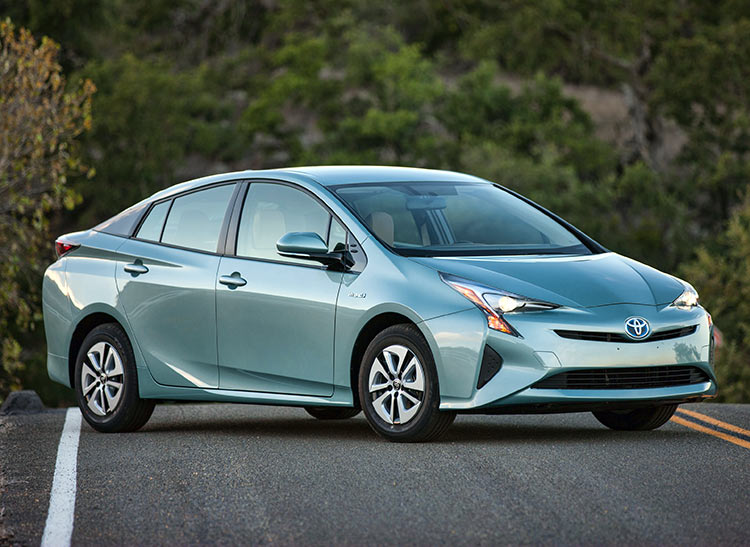 Hybrid and EV sales: The Toyota Prius dropped out of the top spot for the first time in January, with the Ford Fusion Hybrid finishing first in U.S. sales. The Prius hybrid drop goes beyond the usual sales decline at the time of year, dropping 28.1% in sales from January 2016, according to
Hybrid and EV sales: The Toyota Prius dropped out of the top spot for the first time in January, with the Ford Fusion Hybrid finishing first in U.S. sales. The Prius hybrid drop goes beyond the usual sales decline at the time of year, dropping 28.1% in sales from January 2016, according to